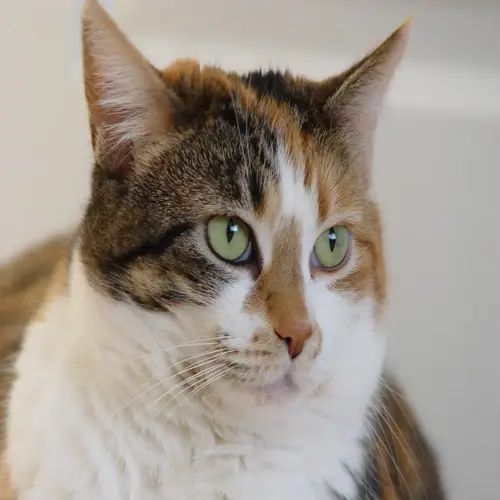Do clipped birds need special care?

Written by
John Williams
Reviewed by
Prof. David Walsh, Ph.D.Clipped birds require special consideration and care because their ability to fly is limited. Without it, they will suffer from muscle atrophy, undesired weight gain, and behavioral problems. There is a vast difference in their needs and those of their flighted companions. Environmental food and socializing situations must be adapted to them.
Physical Maintenance
- Daily wing-flapping sessions for muscle tone
- Climbing structures replacing aerial exercise
- Padded landing zones to prevent fall injuries
- Weekly weight tracking to detect obesity
Psychological Support
- Increased foraging toys for mental stimulation
- Social interaction routines to prevent loneliness
- Environmental enrichment with rotating toys
- Training sessions building trust and engagement
Exercise compensation inhibits muscle wasting. Provide rope ladders and hanging perches. Encourage climbing with treat trails. I exercise wing flapping and have the birds hold the perches while flapping. Start at ten seconds and build to thirty seconds over several weeks.
Providing better nutrition helps with feather regrowth. Increasing protein consumption to 18-25% during molting is beneficial. Include calcium-rich foods, such as kale and almonds, in your diet. Supplementing omega-3 for better feather quality. Check droppings for digestive problems. Weigh every 3 days for early detection of the issues.
Mental stimulation is a great antidote to boredom. Change puzzle feeders weekly. Hide treats in cardboard boxes for foraging. Teach simple commands, such as "step up," to promote mental engagement. Clipped birds require a minimum of 50% greater interaction than their flighted companions to avoid developing depression.
Regular checks by an avian veterinarian are essential. Plan an appointment every 3 months to check the tone of the muscles. Blood tests are useful for detecting nutritional deficiencies at an early stage, which may help formulate some treatment options. Your vet will develop custom care plans that address your species's unique shortcomings.
Think about using flight harnesses for safe outdoor stimulation. They provide exposure to sunlight without the risk of escaping. They can be beneficial in providing a novel experience and helping to reduce stress. Always supervise your pet closely while in a harness. This will create a balance of decreased risks and increased quality of life for your pet.
Read the full article: Bird Wing Clipping Guide for Pet Owners

